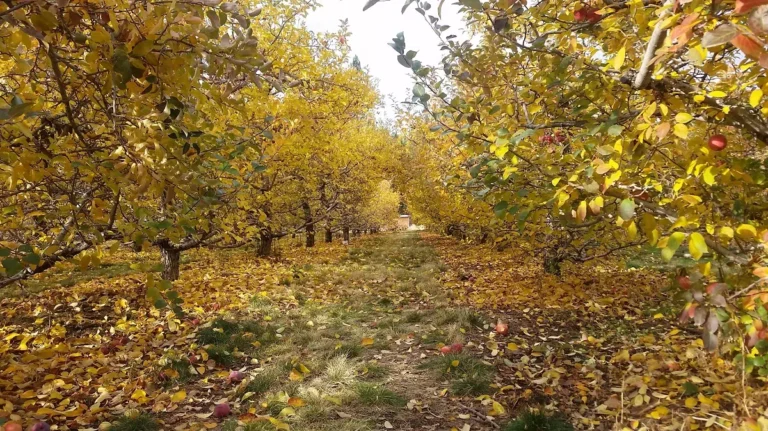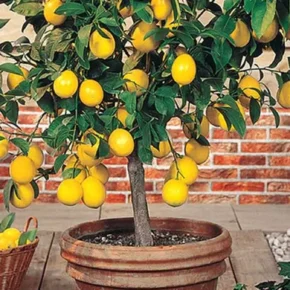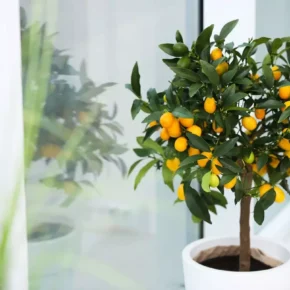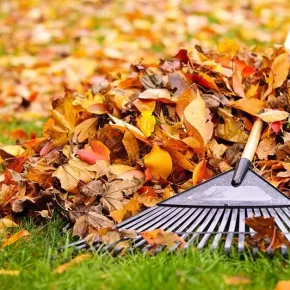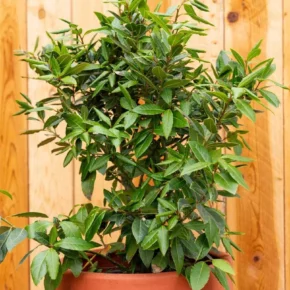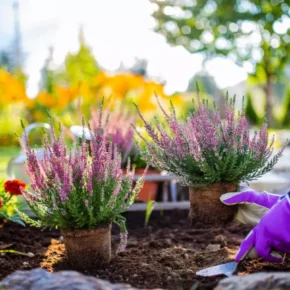Autumn is an important period for the care of fruit trees, which determines their successful wintering and future harvest. At this time, it is important not only to prepare the trees for frost, but also to properly prune and apply the necessary fertilizers.
Proper care during this period ensures good condition of the trees in the spring and healthy development during the next season.
1. Pruning fruit trees in autumn: important rules
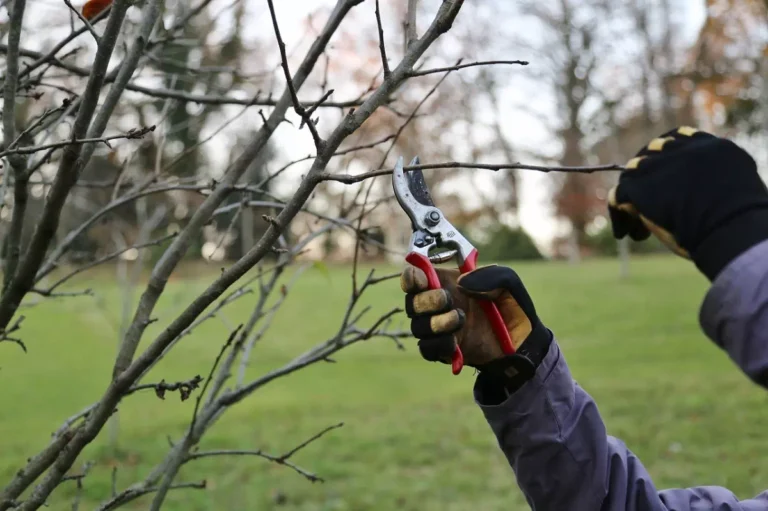
Pruning is one of the main stages of autumn tree care. It helps to remove old, diseased and damaged branches, provides light access to all parts of the tree, and also forms its crown for proper growth.
- The optimal time for pruning is the end of October or November, when the tree has already shed its leaves, but the frosts have not yet arrived. During this period, the plants are at rest, so pruning is less traumatic.
- Which branches need to be cut?
- Dry, damaged or diseased.
- Those that grow inside the crown and prevent the free access of light.
- Strongly thickened branches, which can become a source of diseases or pests.
After pruning, be sure to treat the sections with a special garden decoction to prevent infection and the development of rot.
2. Fertilizers and watering before winter

Fall is a great time to apply fertilizers, because they help trees accumulate the necessary nutrients for the winter. Correctly selected fertilizers stimulate the development of the root system and increase winter resistance.
- Phosphorous-potassium fertilizers are an ideal choice for autumn, as they help strengthen the roots and do not stimulate intensive growth of green mass, which is important before winter.
- Organic fertilizers – compost or humus will provide a long and uniform nutritional effect during the winter months.
- Watering – before the onset of cold weather, especially in dry autumn, it is important to carry out abundant moisture-charged watering so that the roots do not dry out during the winter.
3. Mulching to protect the roots
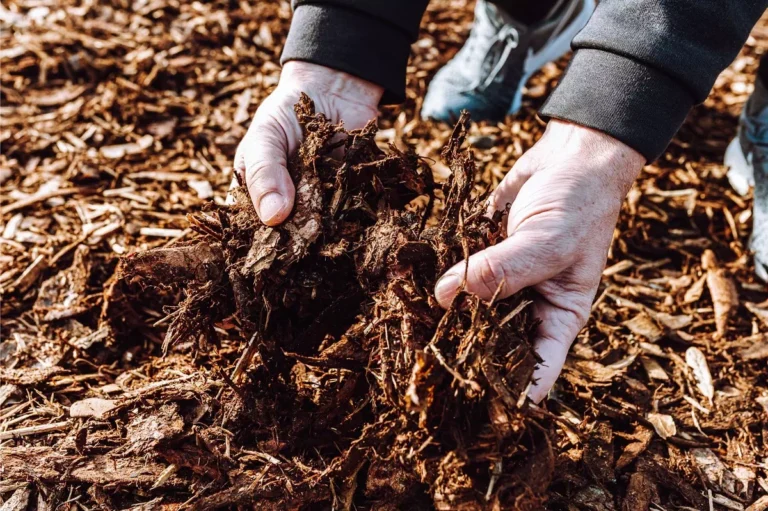
Mulching is a great way to protect the root system of trees from freezing. For this, organic materials such as straw, fallen leaves, sawdust or tree bark are used.
- Mulching the root zone helps retain moisture in the soil and prevents sudden temperature changes.
- The layer of mulch should be thick enough – about 10-15 cm. This will provide reliable protection of the roots from frost.
4. Whitening of trunks: protection against sunburn and pests
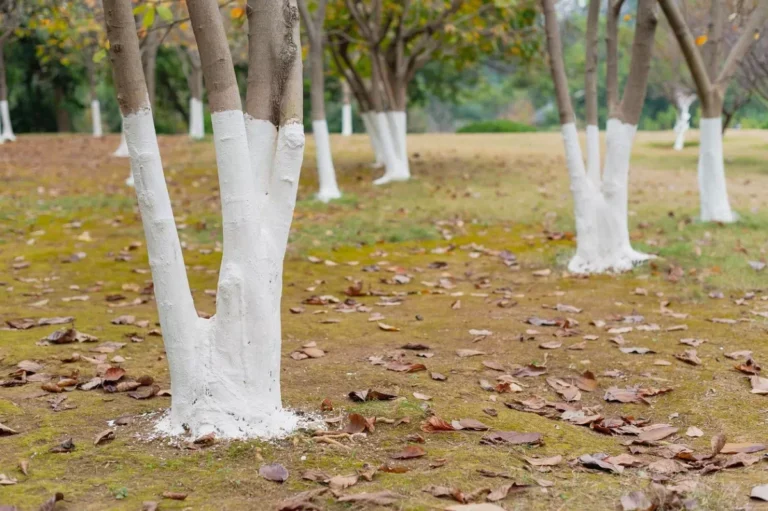
Whitewashing is another important stage of autumn care. It protects the bark of trees from spring sunburn and helps avoid frost damage.
- When to whiten trunks? The optimal time is late autumn, before the onset of frost. This will protect the bark for the entire winter period.
- What solution to use? Garden whitewash or a solution of slaked lime with the addition of copper sulfate is an effective means of protecting the bark from pests and diseases.
5. Protection from pests and diseases

Fall care also includes measures to control pests and diseases that may attack your garden.
- Cleaning fallen leaves is a mandatory stage, because pests and fungal diseases often hibernate in fallen leaves. It is best to compost or burn the leaves.
- Treatment with special drugs – before wintering, it is recommended to treat trees with special insecticides and fungicides for the prevention of diseases and the destruction of pests.
6. Preparation of young trees for winter
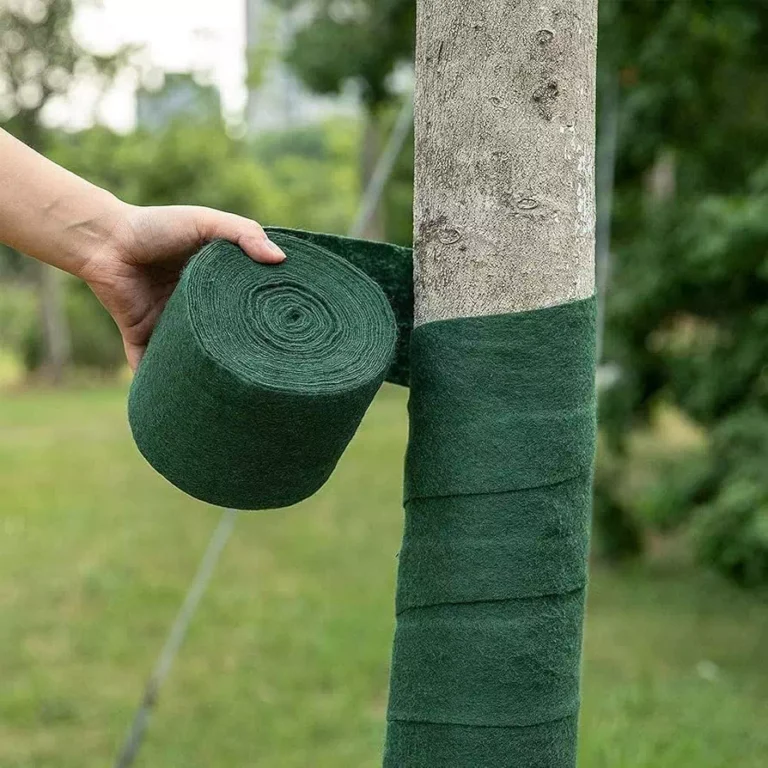
Young trees need special attention, because they do not yet have sufficient resistance to low temperatures. Here are some tips on how to prepare young seedlings for winter:
- Warming the trunks – wrap the trunks of young trees with agrofiber or burlap to protect them from frost and rodents.
- Fencing around the trunk – use netting or special protective materials to prevent damage to trees by rodents in winter.
Fall fruit tree care is a complex process that includes pruning, fertilizing, watering, mulching, and pest control. Proper preparation will help ensure reliable wintering of trees and contribute to their active growth and a good harvest next year.

